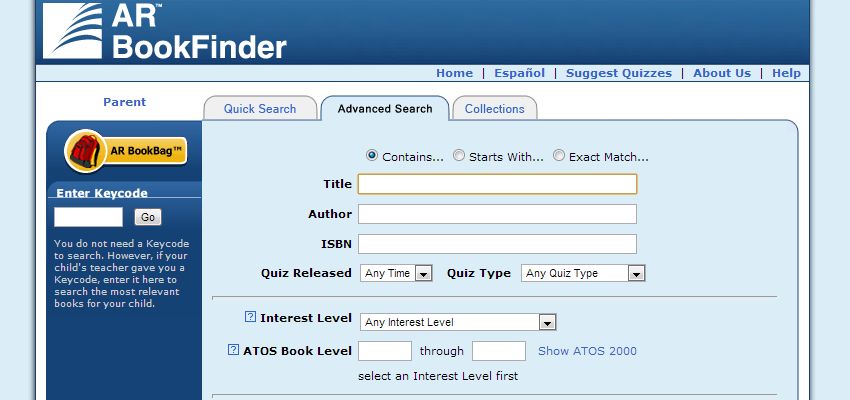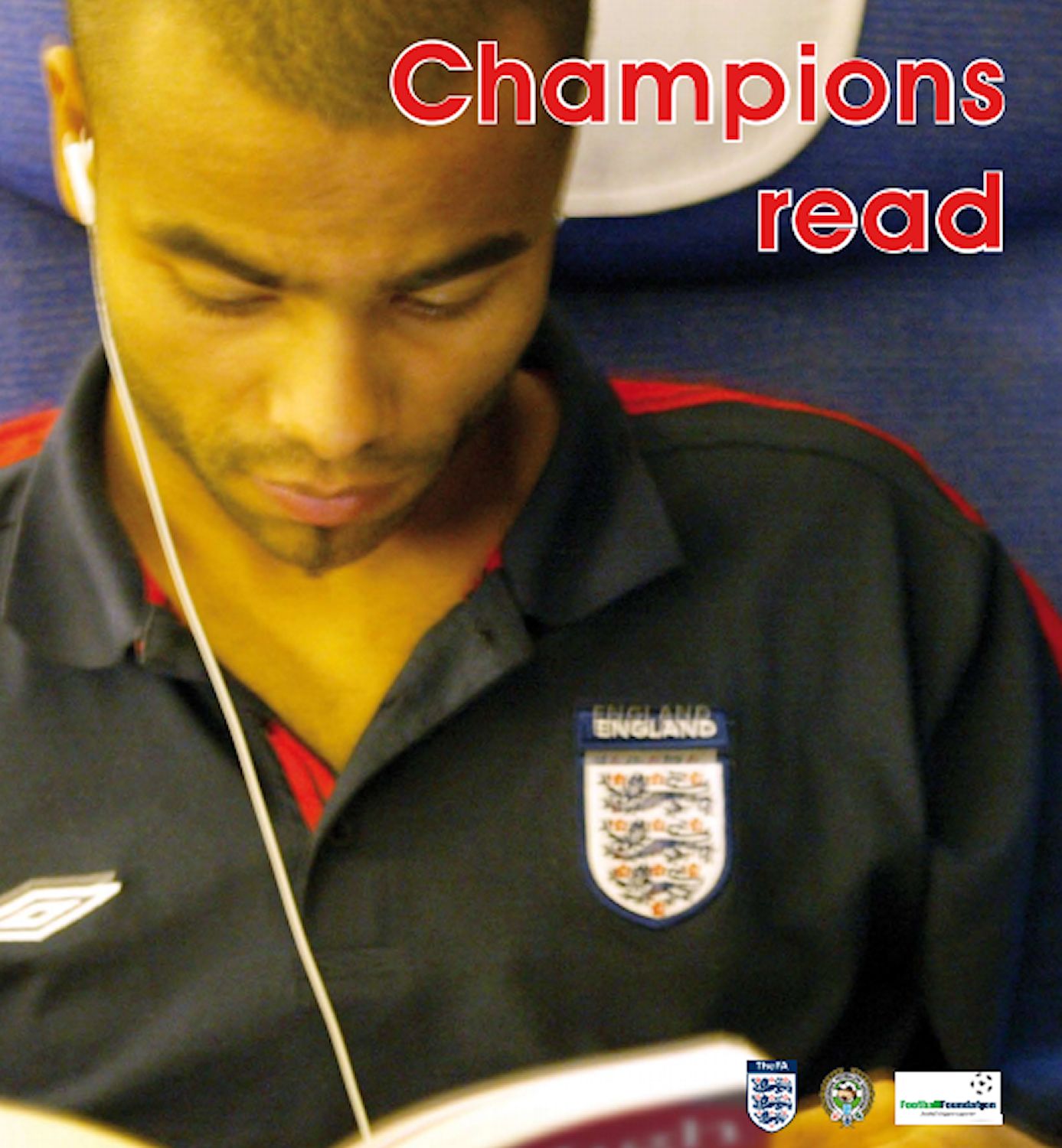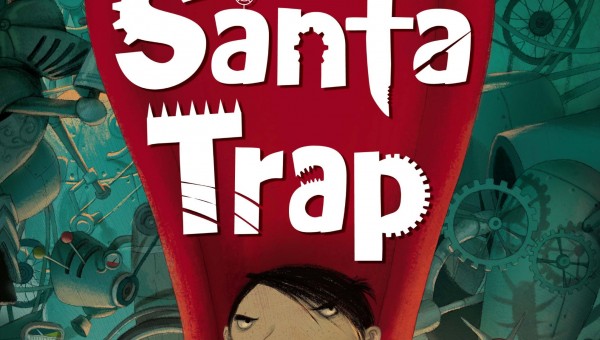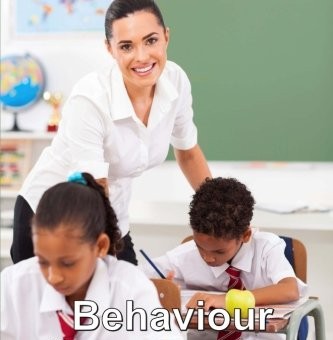 Two facts for parents who want to improve children’s reading at home:
Two facts for parents who want to improve children’s reading at home:
The 2011 National Assessment of Educational Progress showed that only 34 percent of US students were rated ‘reading proficient.”
A 2012 report by Renaissance Learning on 29,000 students showed that English 15 and 16-year-olds had an average reading age five years lower than their actual age.
The effects of a low reading age
In the UK, the reading age requirement for GCSEs is 15.6 – that’s the average age of students who sit them. If their reading age is well below that at the time of sitting the exam, it becomes frighteningly obvious they will not be able to understand the exam papers well enough to pass the examination or do as well as they should.
It also means that throughout their entire time at school they will have been struggling to read the texts books and worksheets handed to them by teachers. They will have had a consistently poorer understanding of the subjects they were studying than those who have better reading skills. So, even if they did manage to understand the exam paper, the knowledge they had to answer the question would have been inadequate to get them through.
This will no doubt have a negative effect on their futures. Having a low reading age stops children getting into college and university and prevents them getting better paid jobs. These children will be less competitive in the jobs market and will have increased chances of living in poverty as a result.
No-one want this for their children.
What can parents do at home to help improve their child’s reading?
According to Renaissance Learning, children make the most progress when they are reading challenging books for at least 35 minutes a day. Less than that and the progress is smaller. The single most important thing you can do as a parent, therefore, is to get your children to read more. We all know, however, that this is easier said than done and the older the child, the harder it is to do, especially if they are really starting to read for pleasure for the first time.
Here are some useful tips to get you on your way:
1) Find how much time your child already spends reading
You should have an idea if your child reads at home and how much time they spend doing it, but you can add to this how much private reading (i.e. reading a book of their own choice for pleasure) they do at school. For example, in my last school, every child between 11 and 14 read privately for an hour and a half each week during school time. This would mean that at home they would only have to read for 22 minutes a day to reach the 35 minute a day goal.
2) Explain to your child the benefits of reading
Explain to your child why you want them to read at home and the benefits they will get from it. This is not just about improving their reading age but also about the telling them of improvements it will bring to their lives in the long run. It’s also about the benefits of reading good literature and the brilliant adventures they can experience when getting into a good book.
3) Find suitably challenging books for your child to read
Finding a suitable book is not as straightforward as it seems. The first thing you need to know is your child’s reading age. You should be able to get this from your school, but don’t count on it! Not all schools have well organised reading schemes where there is regular testing of students’ reading ages. However, if they do not have your child’s reading age ask for an assessment to be done.
If you can’t get it from school, an excellent test to use is the Burt Reading Test. Originally created in 1974 and since updated, this has been used extensively as a way to help understand a child’s reading age based on their ability to read increasingly more demanding vocabulary. What it doesn’t do, unlike the Renaissance Reading tests, is give you a reading age based on the child’s ability to understand the meaning of texts. However, it will help as a guide to get you started. You can download both the guide and the instructions here.
Burt Reading Test Guide Burt Reading Test
Only once you have the reading age can you begin to find suitably challenging books. If your child has a reading age of 10, then giving them books with a reading age of 8 will not benefit them and similarly, giving them a book with a much higher reading ages will be too difficult to help them progress. As a guide, in order to make the best progress, children need to be reading books that have a slightly higher reading age than they are currently working at. From here, they can then move to more challenging books as they progress.
4) Find children’s books with suitable content for their age
The big issue comes with the discrepancy between the real age and the reading age. A teenager with a low reading age might find it difficult to find an interesting book. No teenager wants to read childish content. Similarly, a seven year old with a reading age of 14 might find books that are a little bit inappropriate for their age and maturity.
Where to get help finding the right books
Renaissance Learning runs a program called ‘Accelerated Reader’. Unfortunately, it’s only available to schools, not to parents. However, there is a free tool called the AR Book Finder. Here’s what to do:
- Go to the tool
- click on advanced search tab
- select the ‘Interest Level‘ for your child’s real age
- select the ATOS book level for your child’s reading age. (For example, a book level of 4.5 means that the text could likely be read independently by a pupil whose reading skills are at the level of a typical fourth year pupil during the fifth month of school.)
- click search

If you leave the title and author boxes blank, the results will show you all the books that match both your child’s reading ability and are suitable for their age. The results will also include an image, a rating from other readers and a brief description.
What else do you need to do?
Encourage and support
Help them choose a book:
 show them it’s cool to read by finding out who their heroes are and what they are reading
show them it’s cool to read by finding out who their heroes are and what they are reading- go to the library with them
- sit down together and check out book reviews on Amazon
- buy them a book as a present
- Find alternatives to paper books which might engage their interest more. See our post: Why Older Children Don’t Read & How To Tackle It for a possible solution to this.
Talk about books you have read which they might be interested in or get them the book version of their favourite film or TV series.
Remember that 35 minutes a day may take some time to achieve. It doesn’t all have to be done at the same time either – it can split up over a couple of sessions. If your child is finding hard to focus for so long at first, don’t worry, just give it time.
Whatever, you do, don’t leave it too late before you start your 35 minutes a day routine. Perhaps you can join them and read at the same time? Acting as a role model is one of the best ways to improve children’s reading at home.



